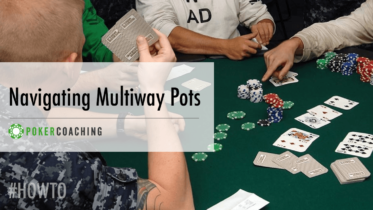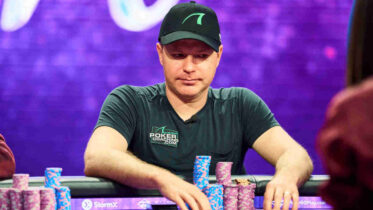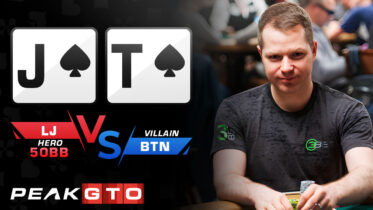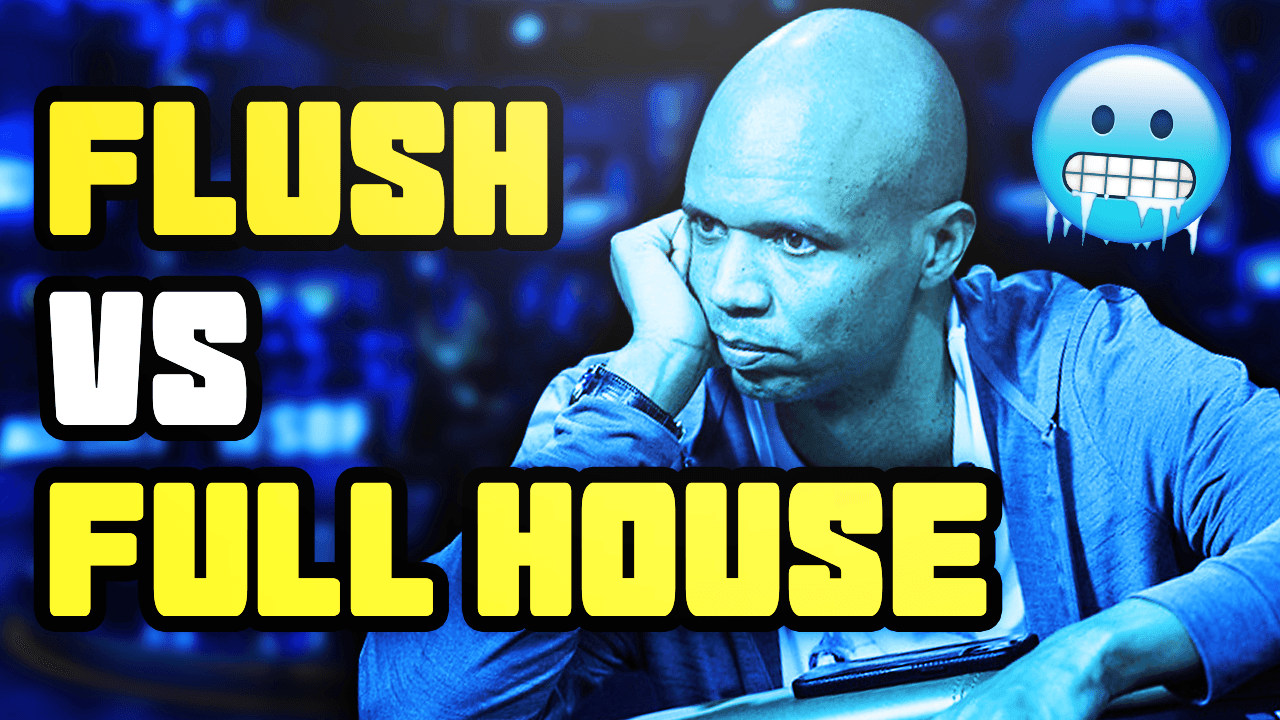“The one thing I hate about training videos is they always assume I’m playing some high stakes game,” my student says to me. “In every training video I see it’s folded around to the pro, he raises, and only the big blind calls. It’s just this perfect world. Yet, when I go play $1.00/$2.00 live I will raise and get four callers!!!!”
I have heard this refrain from many players, which is why I spend so much time teaching multiway pots.
The truth is, most multiway pots are not as tough to navigate as you’d think. People just have a hard time accepting they need to fold pairs.
Here’s what you should know:Who’s Calling You?
For one, when you play multiway pots, you need separate who is a nutcase and who isn’t. When you raise and get multiple callers, take a second to look at who called you. Look around and think about each player. Who here is a regular, and who is a recreational player?
The reason you want to look around for these differentiators is obvious once we get further into the hand…
If someone raises you postflop in a multiway pot, generally, you’re running into a strong poker hand.
Anyone who has played poker for some time has learned not to bluff in multiway pots. If they’ve ever tried this, they’ve likely run into a hand. It is extremely difficult for multiple players to miss the board, and low-stakes players hate folding their pairs. Most bluff attempts are doomed, and seasoned players learn this quickly.
Experienced players also learn not to raise their one-pair type hands. If you put in a big raise with a pair, usually the only people who play back at you are players who hold two pairs or better. This creates negative memories that make well-traveled regulars sour at the thought of raising a measly pair.
For these reasons, the typical experienced player will not raise one pair or bluff multiway, especially if there are players to act behind. Logically, we can then figure out that their range is mostly two pairs or better.
Most small-stakes games play this way if you pay attention…
The Implicit Agreement
The entire table implicitly agrees: If you like your hand, raise with it. If I like my hand, I’ll call with it. We will all see the flop and make our decisions there.
Then, if one of these worn regulars hits two pairs or better on the flop, they try to get it in versus one pair. They know that no one will ever call them a bad player for trying to play two pairs or better fast. Furthermore, they also know a lot of people absolutely suck at folding one pair, so this isn’t that bad of a poker strategy.
Since most low-stakes games are running on these implicit rules, you should decide not to play their game. This will require you to 3-bet more aggressively and also bet/fold good top pairs when one of these nut peddlers raises your postflop.
Playing this way will not earn you many friends, but it’s also the best way to go about it.
The only people who do not play by these implied rules are recreational players. They will sometimes raise you as a bluff just because they don’t like you. They will raise with a pair to “see where they’re at.” You need to be wary of these players.
Pro Players vs Recreationals
Figuring out who is a regular and who is a recreational player is fairly easy. Look for ease in folding. Recreational players enjoy a game they don’t always get to play. They want to play every hand. They will only fold after expressing great pain on every single deal.
If a guy is completely comfortable folding on most postflop and preflop decisions, that is someone who has logged some hours. This guy is likely not raising squadoosh with four other guys in the pot. Thats why you should play these guys differently.
In a multiway pot, then, you will want to bet your top pairs only and fold them when nut peddlers raise. You will want to keep betting on them because all low-stakes players suck at folding pairs, even if they are regulars.
If the pot is multiway and a draw hits, most likely someone hits it. Don’t bet to find that out. Check.
If you flop the second pair, you can check/call one street, but if a guy keeps firing, you shouldn’t worry too much about letting it go. He initially fired into multiple players, which makes it less likely to be an outright bluff. If his range is mostly top pairs and some draws, you’re still not beating that range most of the time.
If a recreational player raises you postflop, you’re going to have to use your street smarts. Talk to him. Try to get a reaction. What have you observed from him that day? How did he put the chips in the pot? This is the art form of poker.
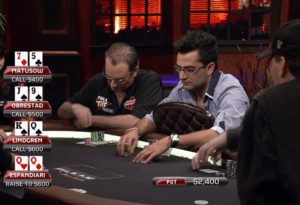
Online, you can look at their aggression frequencies and other poker stats. Many guys are 40/27 preflop (40% of the pots they voluntarily play, 27% of the time they raise preflop), but then postflop, their aggression frequencies are in the low 20s. That means their raises and bets only make up 20% of their actions on a given street. They likely have the joint when they raise, as opposed to a psycho recreational player who is in the 60s or 80s as far as aggression frequency.
I hope these tips have been helpful to you and your multiway game. Good luck to all of you.
